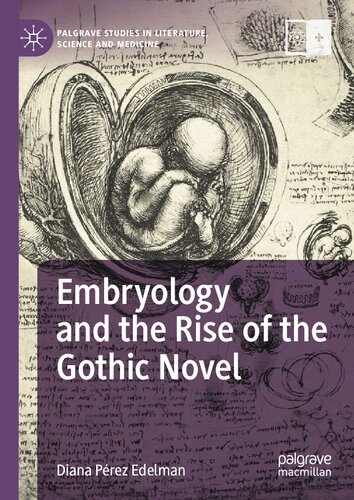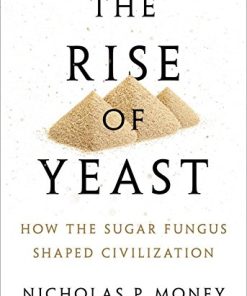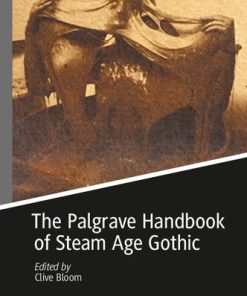Embryology and the Rise of the Gothic Novel Diana Pérez Edelman
$50.00 Original price was: $50.00.$25.00Current price is: $25.00.
Embryology and the Rise of the Gothic Novel Diana Pérez Edelman – Ebook Instant Download/Delivery ISBN(s): 9783030736477,3030736474,9783030736484, 3030736482
Product details:
- ISBN 10:3030736482
- ISBN 13: 9783030736484
- Author: Diana Pérez Edelman
This book argues that embryology and the reproductive sciences played a key role in the rise of the Gothic novel in the eighteenth and nineteenth centuries. Diana Pérez Edelman dissects Horace Walpole’s use of embryological concepts in the development of his Gothic imagination and provides an overview of the conflict between preformation and epigenesis in the scientific community. The book then explores the ways in which Gothic literature can be read as epigenetic in its focus on internally sourced modes of identity, monstrosity, and endless narration. The chapters analyze Horace Walpole’s The Castle of Otranto; Ann Radcliffe’s A Sicilian Romance, The Italian, and The Mysteries of Udolpho; Mary Shelley’s Frankenstein; Charles Robert Maturin’s Melmoth the Wanderer; and James Hogg’s Confessions of a Justified Sinner, arguing that these touchstones of the Gothic register why the Gothic emerged at that time and why it continues today: the mysteries of reproduction remain unsolved.
Table contents:
1. Conceiving the Gothic; or, “A New Species of Romance”
2. “A Very Natural Dream”; or, The Castle of Otranto
3. “The Liberty of Choice”; or, the Novels of Ann Radcliffe
4. “Dark, Shapeless Substances”; or, Mary Shelley’s Frankenstein
5. “Nature Preached a Milder Theology”; Or, Melmoth the Wanderer
6. “Something Scarcely Tangible”; Or, James Hogg’s Confessions
7. Conclusion: Gothic Offspring; or, “The Qualitas Occulta”
People also search:
embryology and histology
embryology and evolution
a rose for emily gothic elements
an introduction to gothic literature
books on embryology
You may also like…
Thrillers & Mystery
Thrillers & Mystery
Uncategorized
Biology and other natural sciences - Zoology












